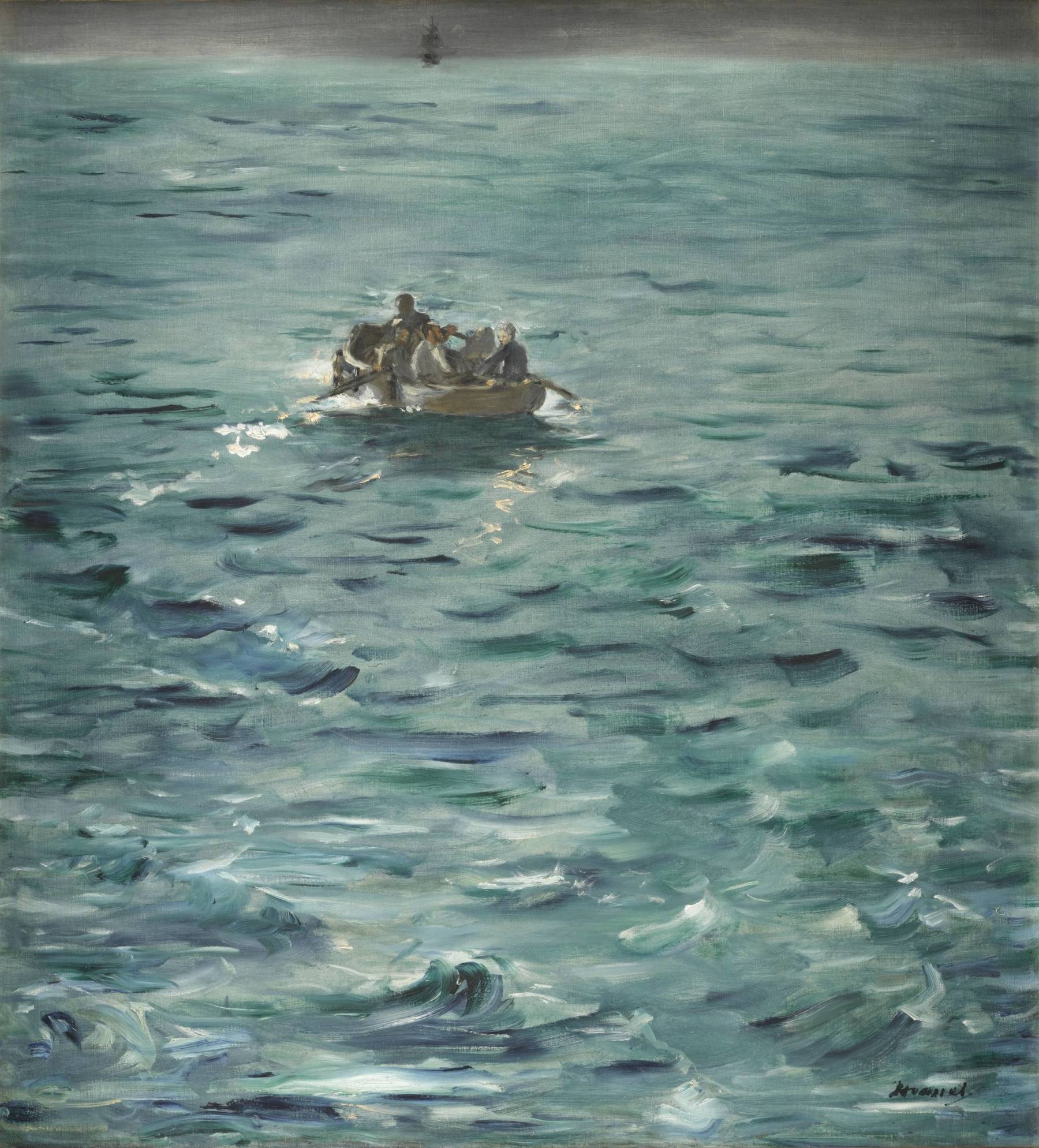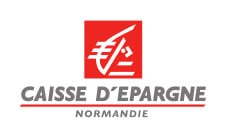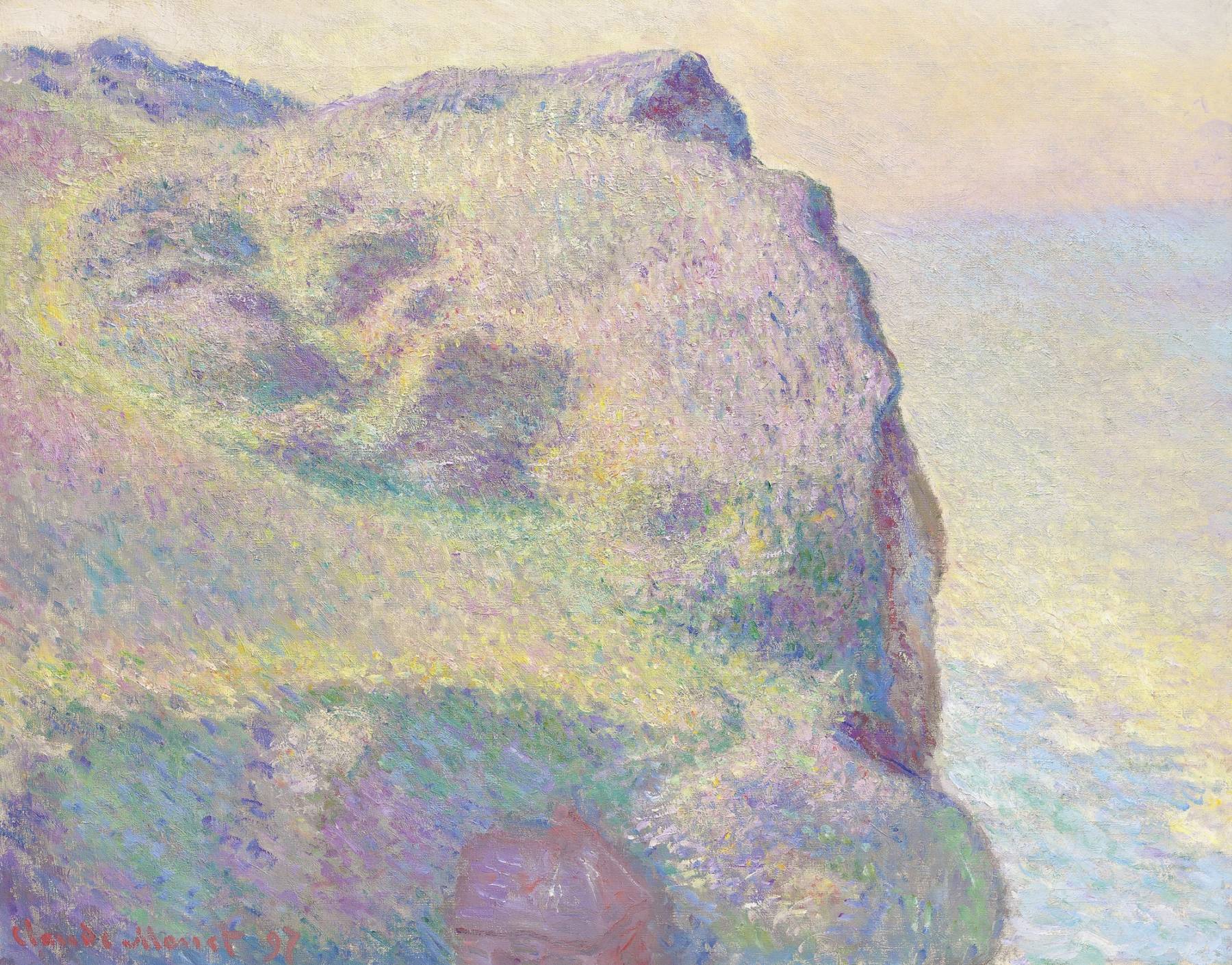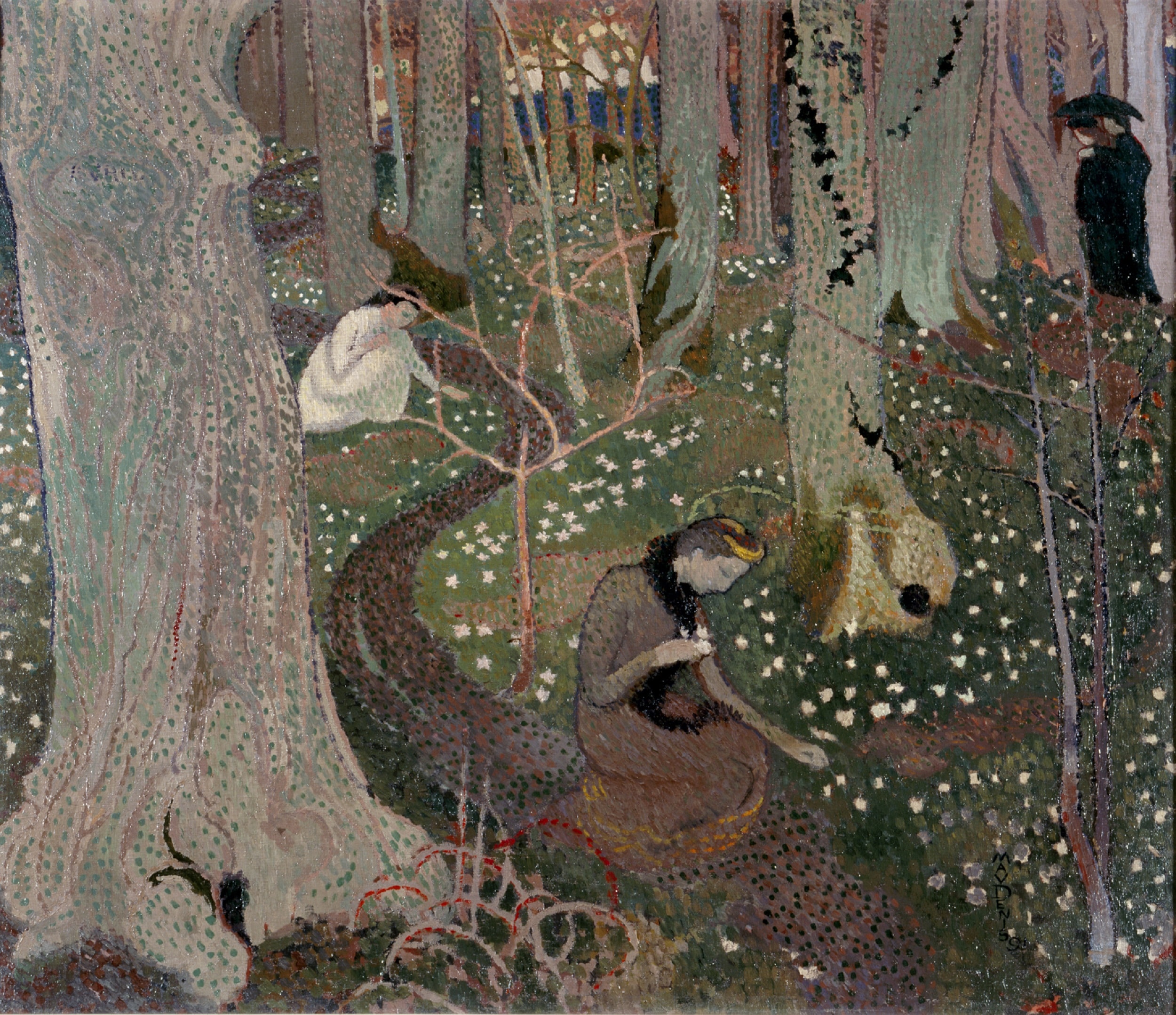
About
The exhibition aims to discover or rediscover the poetry of Maurice Denis (1870-1943), the “nabi of beautiful icons”, by evoking the theme of spring in his work. A well-known aspect of the artist’s production will be revealed, throughout the course but generally little shown in the exhibitions: his talent as a decorative painter.
Saint-Germain, a place for the contemplation of nature awakening in springtime
Maurice Denis always enjoyed solitary walks in the forest of
Saint-Germain-en-Laye, appreciating its decorative qualities, in particular the alignment of the tree trunks when they were without foliage. His sketchbooks contain numerous studies of trees, which he considered should be drawn “as true to life as if they were real people”, as he wrote in Premiers paysages (1911), a colouring book for children. Denis used the forest of Saint-Germain-en-Laye – the setting for symbolic rituals, such as bathing for reasons of purification, berry and fruit gathering, and the making of brides’ garlands – as the background in some of his most important pictures, like The Sacred Wood (1899, Petit Palais, musée des Beaux-Arts de la Ville de Paris, a scale sketch for the painting The Game of Badminton of 1900, today in the musée d’Orsay) and Springtime in the Forest (ca. 1907, musée départemental Maurice Denis, Saint-Germain-en-Laye). In April (Anemones), Denis employs the decorative features of the forest in springtime in allegorical form: the carpet of white anemones, the massive, twisting trees covered with ivy, the shrub about to come into bloom, and the winding “path of life”.
From the Annunciation to the Resurrection : the Christian spring calendar
Maurice Denis, as a Christian painter, associates the spring landscape of the hills of Saint-Germain-en-Laye or the valley of the ru in Buzot, with mystical representation. Between 1889 and 1891, Denis produced six versions of the Catholic Mystery, four of which will be shown at Giverny. A pointillist version exhibited at the Salon des Indépendants in 1891 was reviewed by Adolphe Retté in L’Ermitage as follows: “The
Catholic Mystery is of extraordinary mellowness: such harmony of lines and gentleness of tone!”
Various Annunciations, a theme dear to the painter all his life, were to demonstrate a variety of treatments, for example, those in Fiesole and Saint-Germain, among others. Other works to be exhibited were inspired by the Resurrection at Easter, another theme that he interpreted in many different ways.
The spring of life and love
Maurice Denis naturally associated the theme of spring with women and love. In October 1890 Maurice Denis met Marthe Meurier, whom he was to marry in 1893. As the artist’s muse, he devoted from June 1891 a section to her in his diary titled “Les Amours de Marthe”. This was to give rise to a series of lithographs called Love (1892–99), which will be presented in its entirety in the exhibition.
Following a commission for a decoration for the bedroom of a young girl on the theme of Schumann’s lieders, Love and the Life of a Woman (1895), which he received from Siegfried Bing for his new Art Nouveau gallery, Denis conceived a similar frieze for his own bedroom. This became a series of decorative panels that he began in 1896 (private collection) and was to complete in parallel with his later changes of house. Following the example of Bonnard and Vuillard, Denis took an interest in painting screens, which had become fashionable as a result of Japanism. Never exhibited during the painter’s lifetime, the Screen with Doves, which has recently entered the musée d’Orsay, brought together a variety of motifs seen in Denis’s earlier works: the use of a barrier between spaces, boughs of fruit trees in bloom, the path of life, the house with narrow shutters
that frame wide windows, the fountain of life, and doves.
The Eternal Spring
An exceptional event at the exhibition is represented by the recomposition of the decorative ensemble known as The Eternal Spring, painted by Denis in 1908 for the dining-room of Les Capucins, the Bellevue home of his art patron Gabriel Thomas. This set of ten panels, which links the image of profane spring with that of sacred spring, shows the love and life of a young woman mixed with first communions and
ceremonies that celebrate the month of May. This work succeeded in combining Impressionism and Symbolism and attained the form of a certain modern classicism.
Exhibition curators : Fabienne Stahl, co-responsible for the catalog raisonné of the work of Maurice Denis and Vanessa Lecomte, curatorial officer, musée des impressionnismes Giverny
This exhibition benefits from exceptional loans from the Maurice Denis departmental museum – General Council of Yvelines.
In images
Zoom on the works
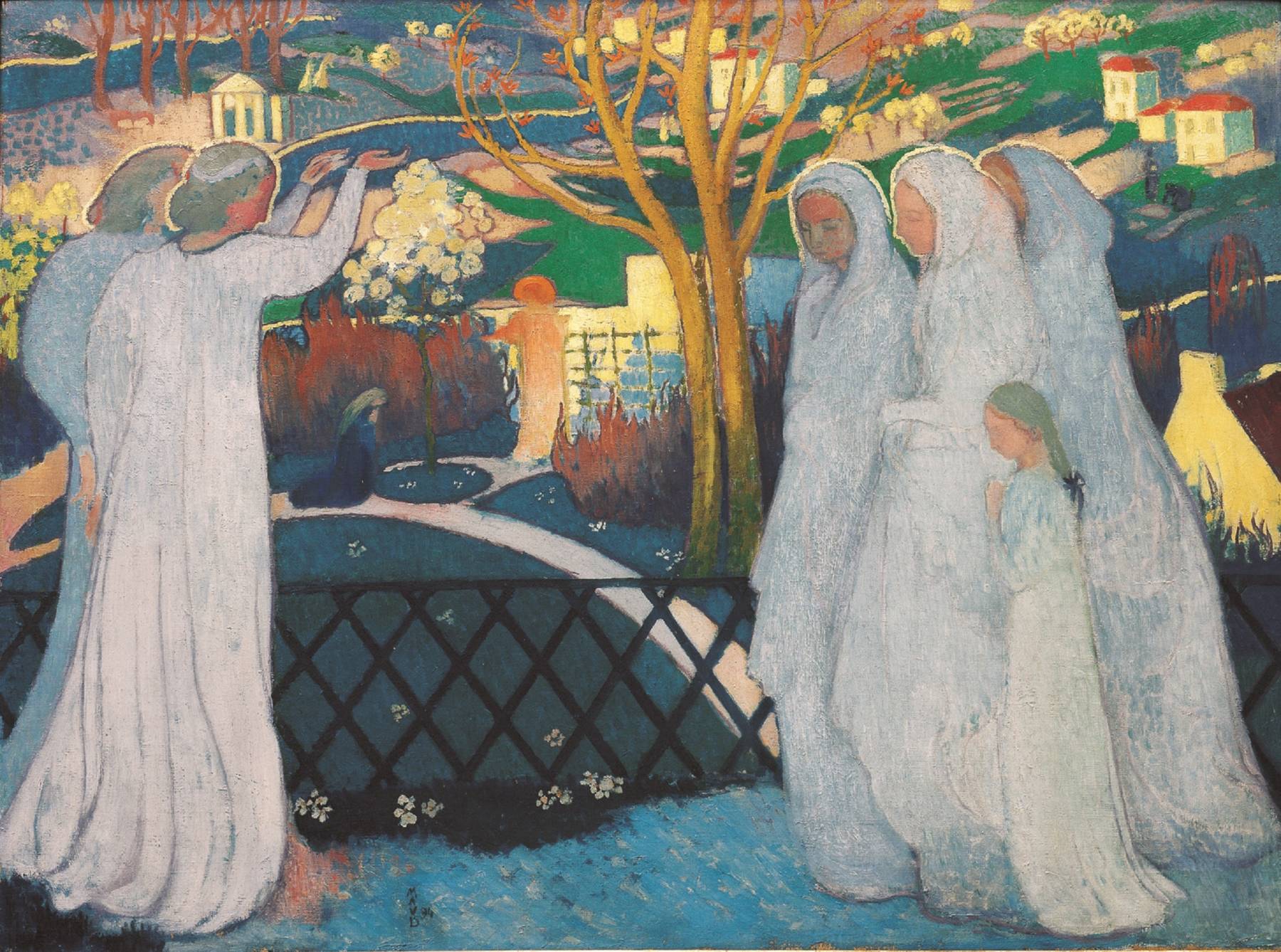
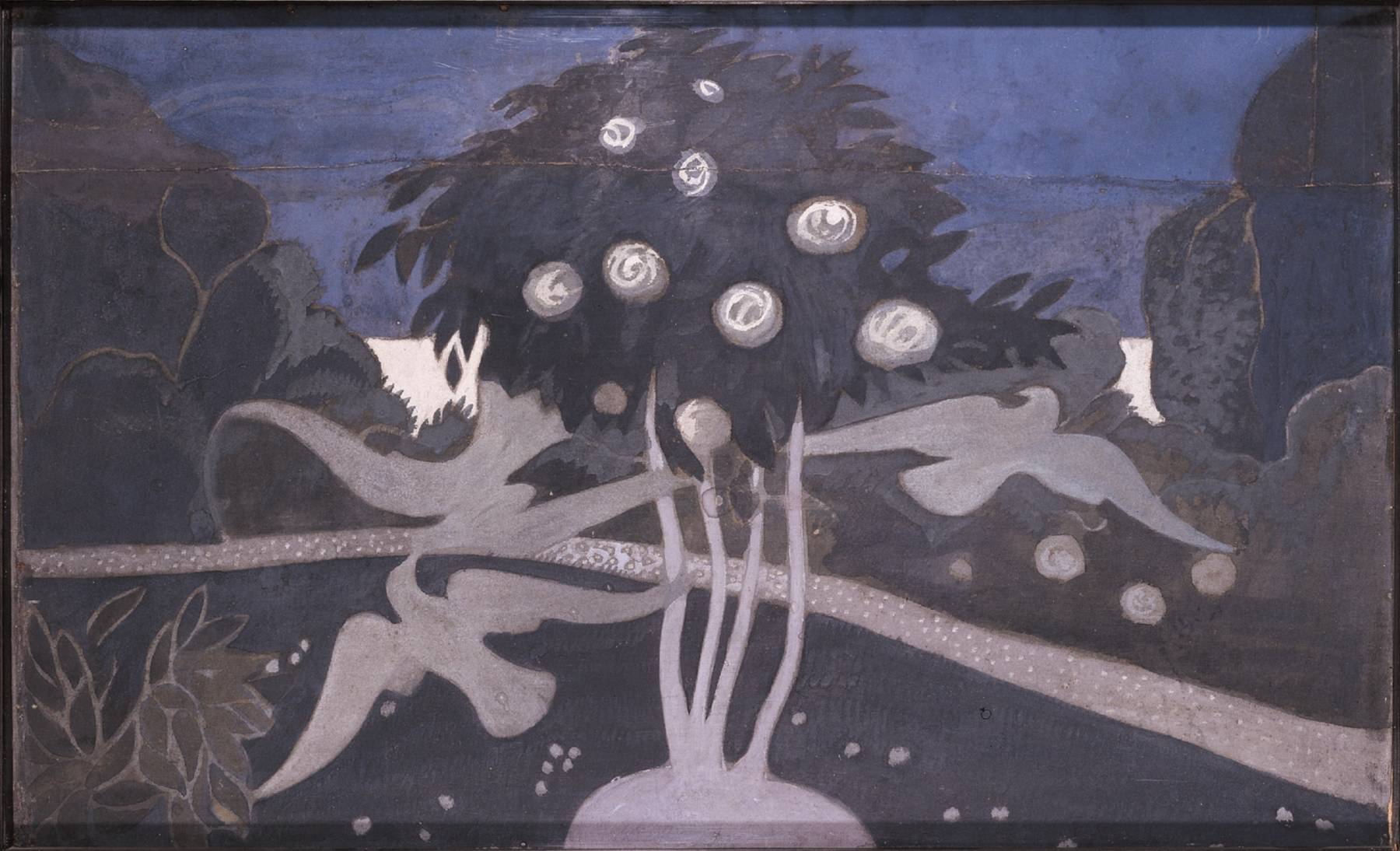
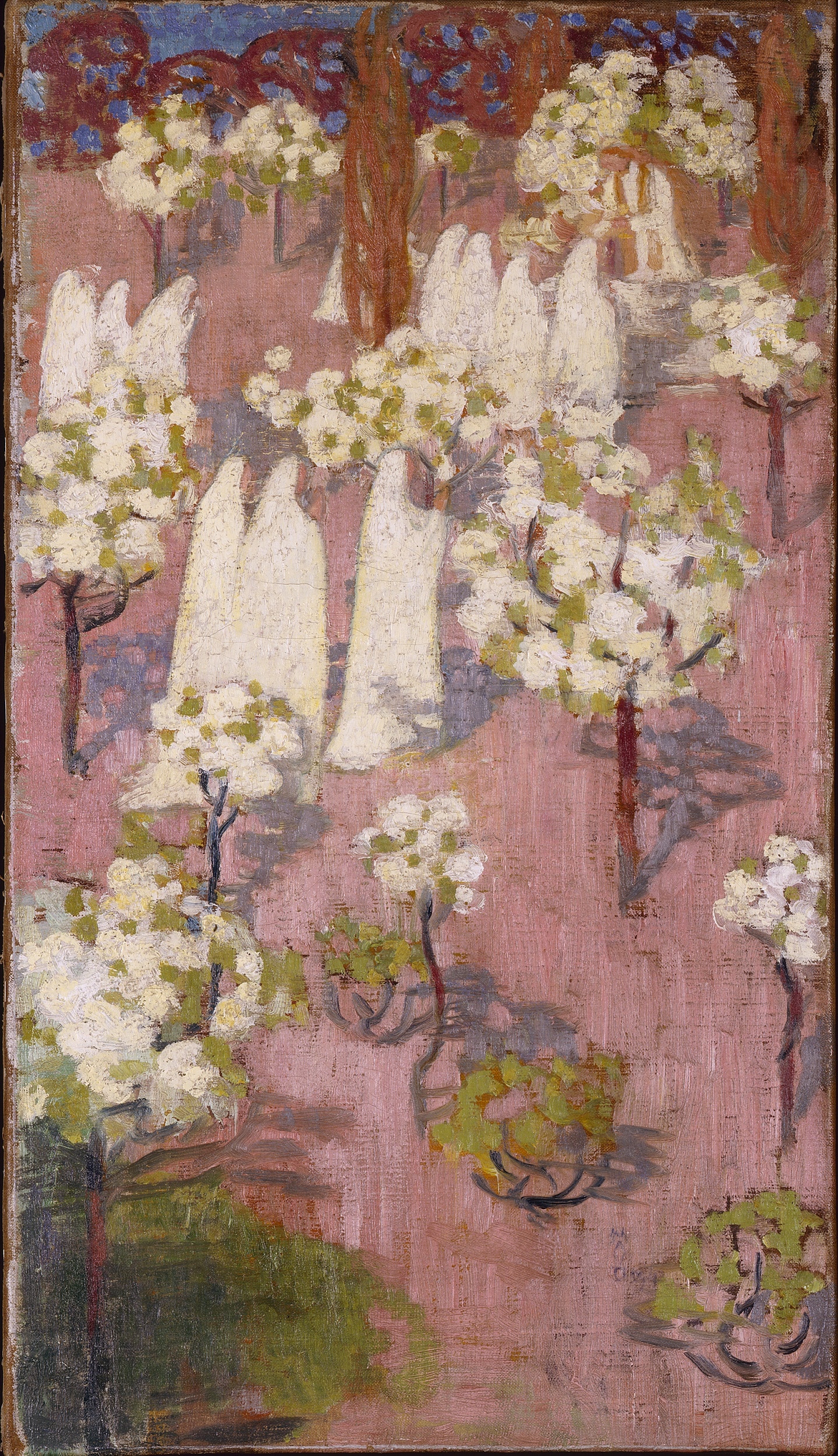
Patronage
Patrons and partners
The museum warmly thanks the patrons and partners of this exhibition.
Patrons
Media partners
Exhibition in progress
Impressionism
and the sea
from March 29, 2024 to June 30, 2024
See more
